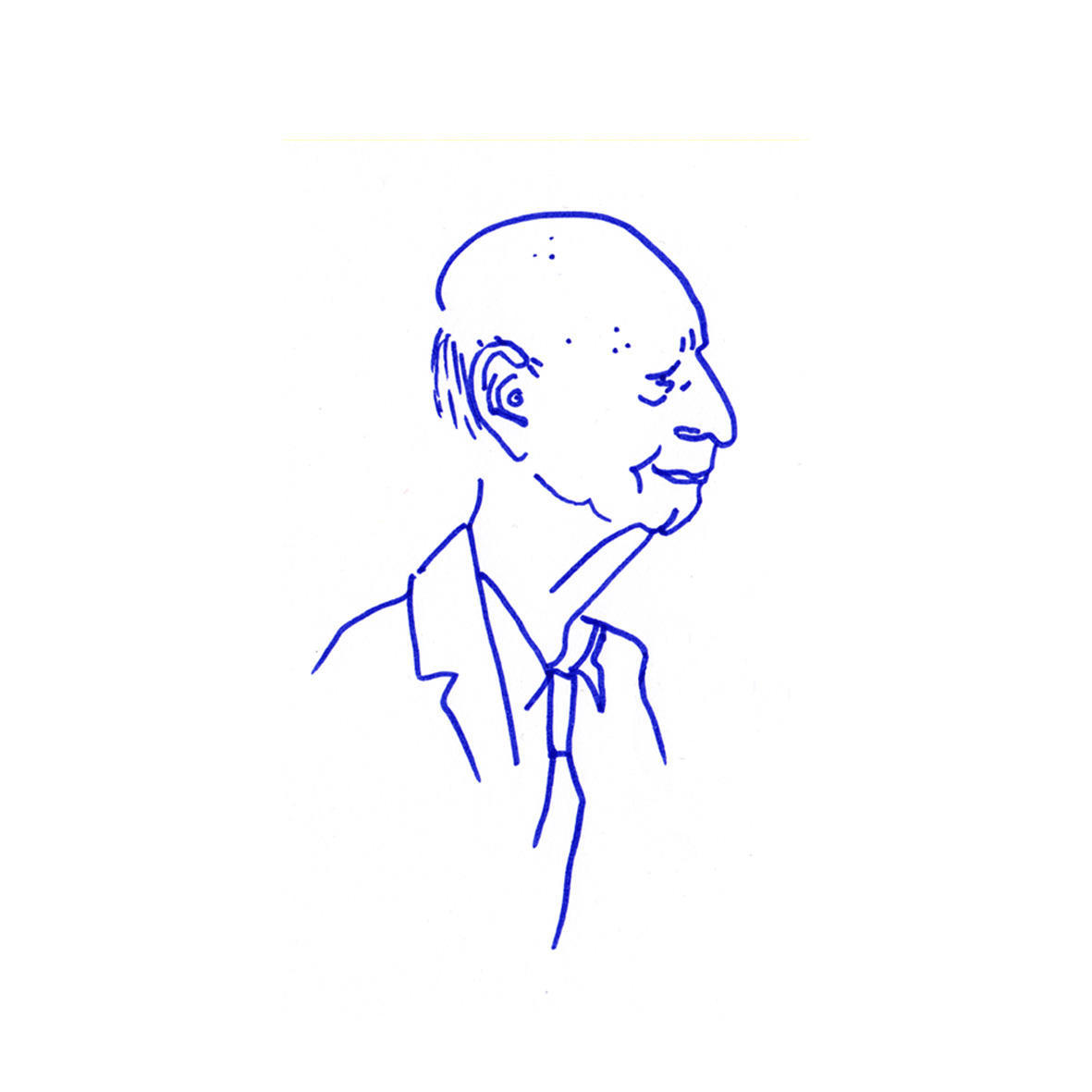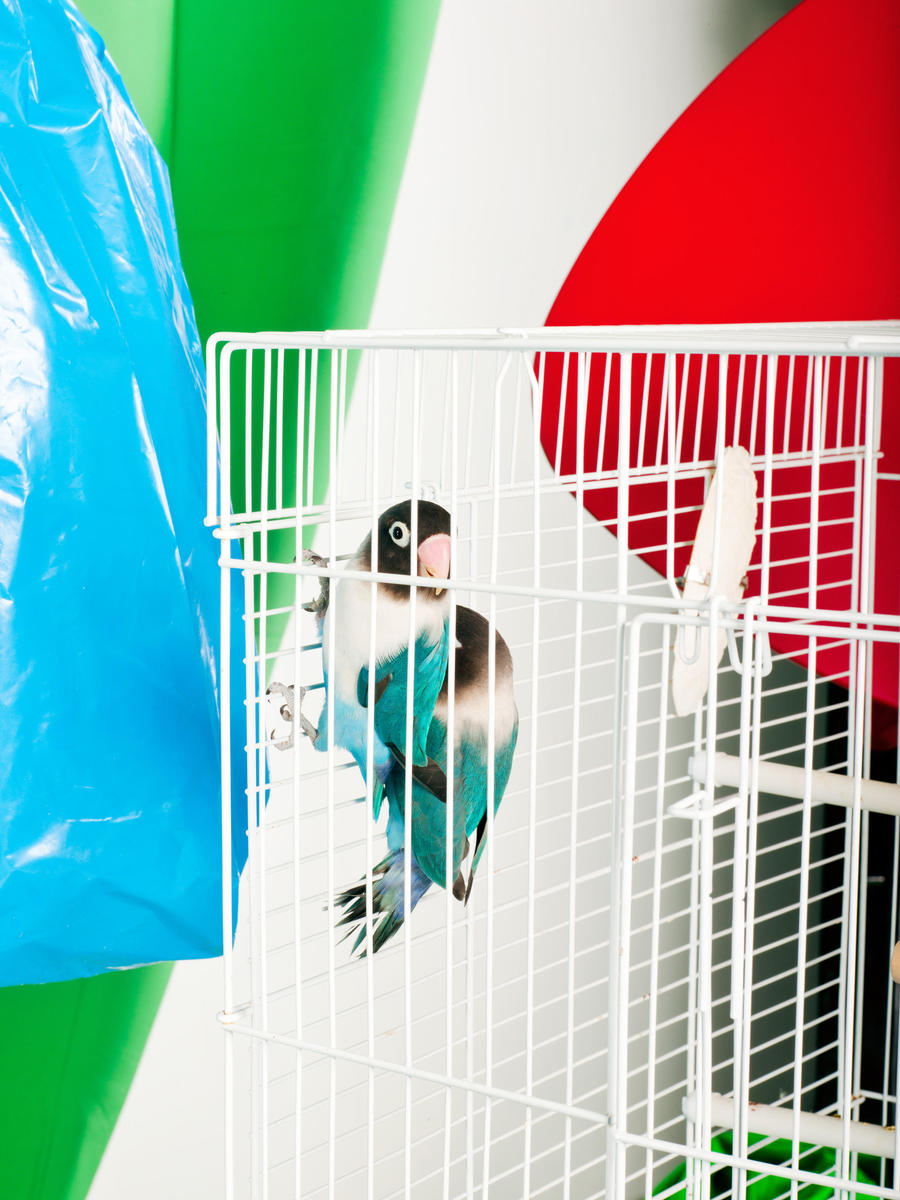
In February 1961, the Newsletter for Birdwatchers was two years old and its founder-editor, Zafar Futehally, was on a roll. India was another country then; gentle words and gentle men still had effect. When Futehally wrote a column in the Times of India about the senseless killing of a paradise flycatcher in Bombay, Nissim Ezekiel sent him a poem called “Paradise Flycatcher” in return:
White streamers moving briskly on the green
Casurina, rouse the sleepy watcher
From his dream of rarest birds
To this reality. A grating sound
Is all his language, spelling death
To flies and moths among the leaves
Who go this way to Paradise.
But he, in mask of black, with tints of green,
Is legend come alive to the dreamer
Whose eyes are fixed on him in glad surprise.So many years ago, his predecessor
Came — it was an afternoon like this —
And clung with shaking streamers
To the same casurina, catching flies:
But Fate that day, and not the dreamer,
Fixed his eyes on him and shot him down.
He lay with red and red upon his white,
Uncommon bird no longer, in the mud.
The live one flashes at the watcher
Chestnut wings: the dead is buried in his mind.
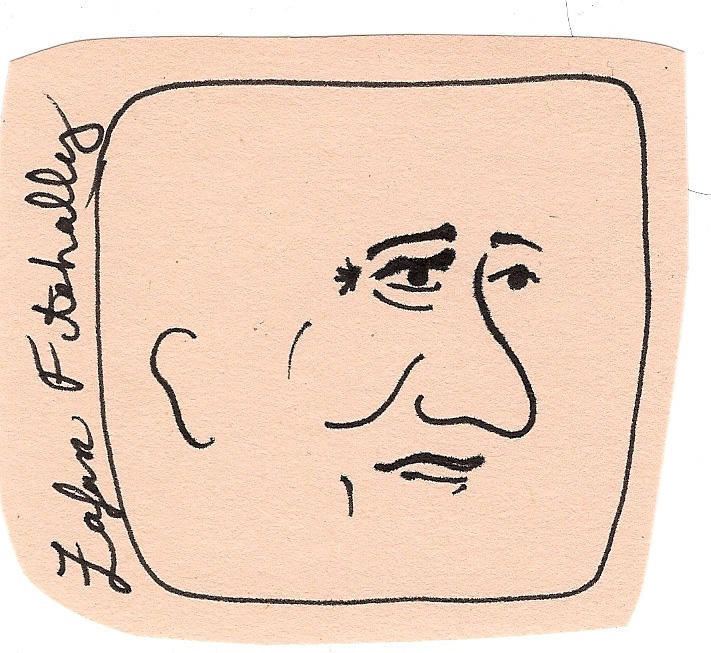
Futehally (born 1920) almost single-handedly created the now thriving tradition of birdwatching in India. Aside from a thwarted foray into business, he has spent most of his long life documenting birds and/or encouraging others to join in. By extension, he is a naturalist. Over the years, he has been involved in just about every important Indian and international effort in forestry and conservation. From providing crucial support to preserving Bangalore’s fast disappearing lakes (his current preoccupation) to protecting green spaces outside of Bombay (his central achievement in the 1970s), it is not an exaggeration to say that the trees of India and all their inhabitants owe some part of their continued existence to Zafar Futehally.
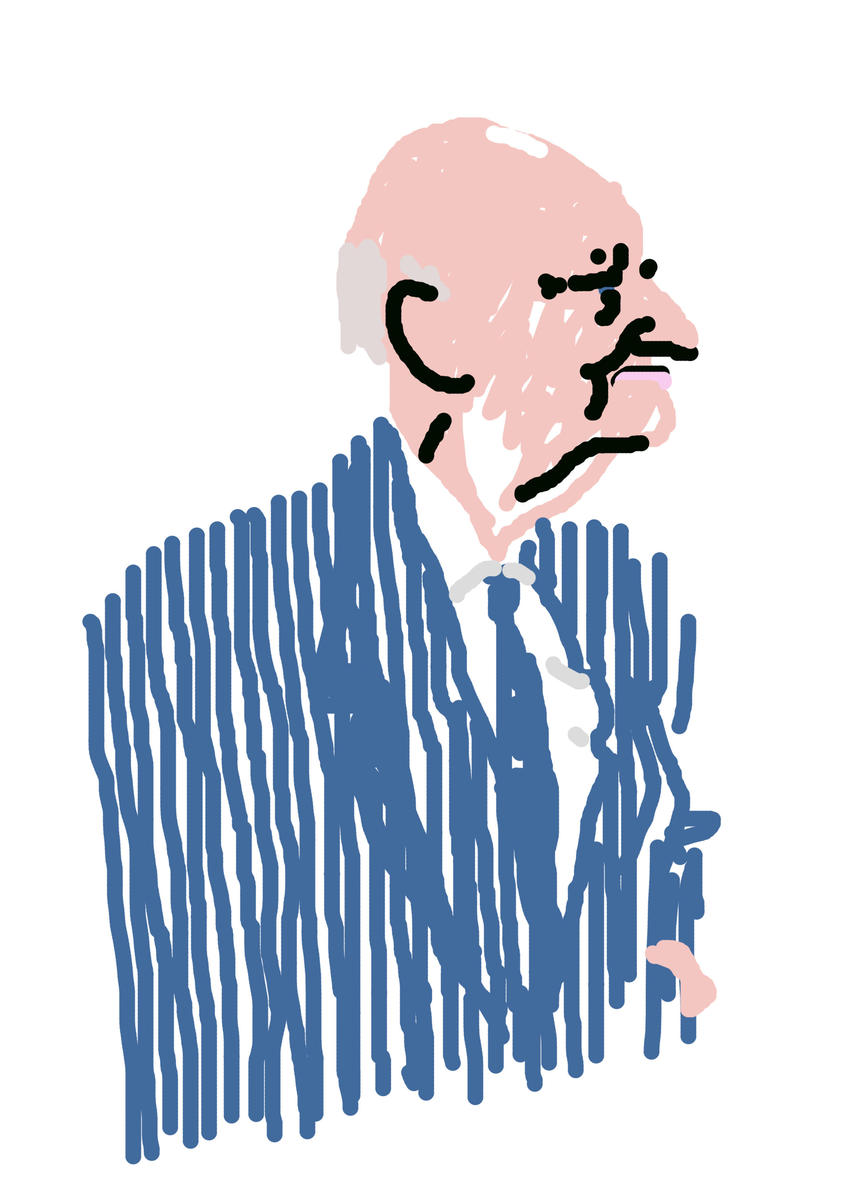
Achal Prabhala: How did your interest in birds begin?
Zafar Futehally: Anyone growing up around Salim Ali [1898–1987, the legendary “bird man of India” and a relative of Futehally and his wife Laeeq] would have had to be interested in nature. During my college days, I starting going on walks with Salim. Walking with him was more of an education than any book could provide. And since he was fond of my wife, he was also fond of me and took some interest in teaching me.
Soon after Laeeq and I got married, Salim was asked to do a survey in Gujarat. The Nawab of Palanpur invited him and he offered to take us along. That was a great experience, an extraordinary experience. One morning, I remember, we suddenly heard guns going off — loud, booming salutes to various visiting rajahs. If you came from a small state, a few bangs, if you came from a larger state, ten bangs — every rajah had a number. The Nawab of Palanpur had just married an American who had a rather colorful past.
That week in Palanpur, we did a lot of mist netting. This was a technique that had emerged just about that time — this was the 1940s — a new technique for bird catching, invented by the Japanese. Mist nets were made out of thin, black, nylon thread, and they’re almost invisible. If you placed them against bushes, the birds couldn’t see the nets and could be caught. Salim said that whenever he used mist nets, he invariably found a species or two that he had never seen before.
This was my first experience of scientific birdwatching. We removed the birds from the net without damaging them, put a ring around them, weighed them, and looked out for the ticks. Ticks are very important for identification. Different birds attract different species of ticks — in fact, sometimes the only way to identify a bird is by the ticks on it. Once you’re in a camp like that, you really start to understand the finer points of bird watching. Salim went on to invite me to many such camps — I remember several in Kutch and in Bharatpur.
At about that time, I started doing a program on All India Radio about birds. This was in the 1950s. Those talks became very popular.
One day, a rather peculiar article on the magpie appeared in the Times of India, written by one of the assistants at the newspaper. This man was obviously not a birdwatcher and was probably just interested in side money. He looked up something about the magpie in England and then the magpie robin in India — the two are altogether different birds, two different families, in fact — and he put together a hodgepodge. Salim was furious. He rang up the editor and said please stop writing such rubbish — you’re making fools of yourselves. There was no such bird, you see. The editor apologized and asked Salim if he could recommend someone who knew enough to write a regular column on birds. Salim suggested my name, and that is how I came to write “The Birdwatcher’s Diary.” I did that for ten years or so. It was a fantastic experience.
AP: And what was your working life like?
ZF: In the early 1950s, the Bombay Natural Historical Society was in a thorough mess. Salim was on the board and he wanted to resign. During one of our walks, Laeeq persuaded him not to. The committee that ran the BNHS asked me to help, and I became their honorary secretary from 1952 to 1962. I was not by any means scientifically qualified to run the BNHS, but my job was mainly to coordinate.
I had two big successes. The first was the formation of the Karnala Bird Sanctuary. This happened in the month of May, sometime in the early 1960s, and quite by accident. Once, when I was driving back to Bombay from a weekend in Kihim, I passed the Karnala hills and saw a notice in Marathi. This could be something dangerous, I thought. The Karnala hills were lovely, heavily wooded, and had lots of birds. I couldn’t read the sign, and asked a passerby to help. He read it out for me: “Maharashtra Industrial Development Corporation.”
When I reached home, I wrote a letter to the Times saying, look here, on the one hand, India has become a member of the International Union for Conservation of Nature and we recognize the importance of tropical rain forests; on the other hand, we seem to be converting this big, important forest into an industrial park. The letter was published the next day. The secretary of the Industrial Development Corporation, PC Nayak, telephoned me and said I’ve seen your letter and I agree; we’ll relocate and change our plans.
My other success was in campaigning for the Borivali National Park. I was walking there one evening and I saw what must have been a hundred teak trees cut down and laid out on the ground. I sent a note to the evening edition of the Times — we had an evening edition then — titling it “Sanctuary or slaughterhouse?” Next week, at a meeting of the forest board, I produced this note to the minister, and again — extraordinarily — he ordered the tree cutting to be stopped immediately. Now, of course, the park is quite famous.
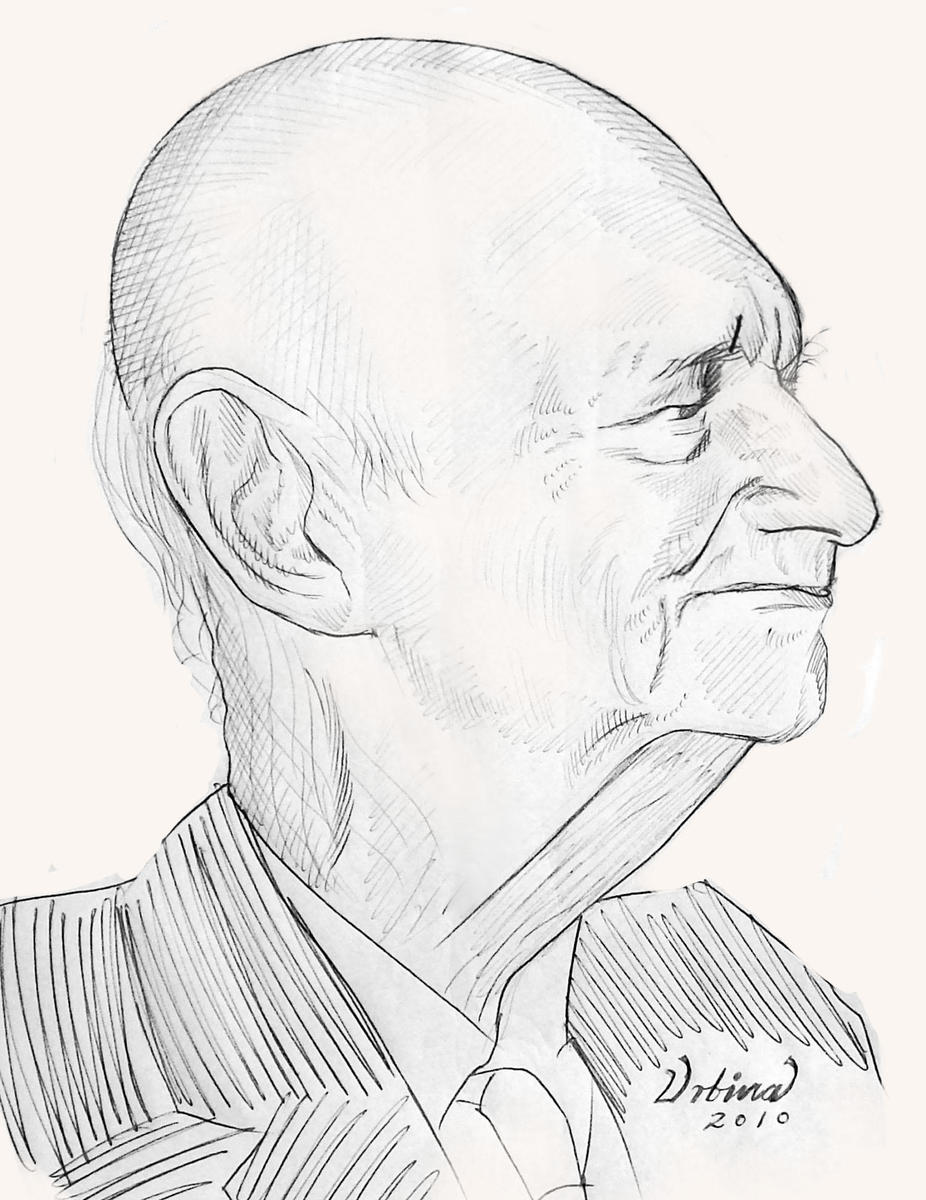
AP: The Newsletter for Birdwatchers has quite a history, and it’s remarkable that you ran it for a full fifty-five years. How did it begin?
ZF: We published the first issue in December 1959. When it started, I circulated it to fifteen people or so. They were from all over, not only Bombay. One very enthusiastic group of subscribers was in Saurashtra. Then we started leading guided walks in Borivali National Park — that spread the interest.
We encouraged people to write about their experiences. One thing I realized early on is that people like seeing their name in print. I used to get lots of badly written notes from forest officers, from keen people who didn’t write very well. I edited them and published the letters. Of course, we also had fixtures, people like Lav Kumar Khachar, though the best writers were invariably foreign businesspeople. A chap called Stairmand wrote from Bombay. A businessman, he used to go birding every weekend. Then there was Peter Jackson, the Reuters representative. As for me, I liked to encourage young children to write… Ram Guha wrote for the newsletter when he was eleven-years-old; it’s his first published piece. I think there’s no doubt that the newsletter created a very good group of birdwatchers.
AP: Did you produce it alone?
ZF: I used to do most of it on my own. JS Serrao, a typist from the BNHS, helped me in the evening by making up the stencils. He was already a legend — a curious man with an excellent memory, he would point out all sorts of connections and make a lot of useful suggestions. Salim had a problem with him, however. Poor fellow used to wear nylon clothes. And in Bombay, with the heat, naturally he sweated a lot. Salim couldn’t take it and he said, look Serrao, you smell like anything. But Serrao remained ever devoted to Salim.
AP: These days, do you continue to write?
ZF: I used to write a column for the Deccan Herald, but I haven’t in a long time. I have nothing to say and unless there is something original to report, I don’t think I should write. And now there are many more people who are sympathetic to what I am interested in. The number of people who talk about birds on the Internet, for instance, they’re growing by the score.
AP: I was wondering, when you hold a bird in your hands, do you feel something like love?
ZF: I am extraordinarily insensitive. You know, I’m very fond of horses — I’ve had them all my life. One of my horses had to be put down because he had colic — there was simply no chance of survival. The doctor told me to go away, but I refused. I saw him fall down, and I felt nothing. I do feel some excitement when I’m holding birds, I’ll admit that. But I’m not a sentimental man.
